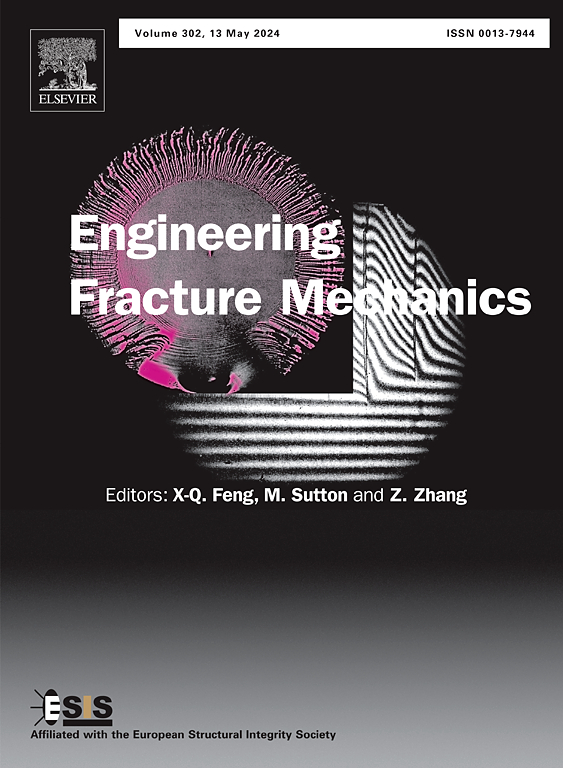On the pronounced mode dependency of the interface fracture toughness of pressureless sintered silver interconnects: Identification of dissipative micro-mechanisms
IF 4.7
2区 工程技术
Q1 MECHANICS
引用次数: 0
Abstract
The microscopic failure mechanisms contributing to the interface fracture toughness of two different pressureless sintered silver interconnects during mixed-mode delamination tests have been studied. Two sintered silver materials are used, one containing nanoparticles (NP) and one containing microflakes (F). The adhesives are sintered between two 35 × 5 mm copper plates electroplated with a silver backside metallisation layer. The fracture behaviour has been monitored under in-situ optical microscopy using the miniature mixed-mode bending setup, combined with post-mortem Scanning Electron Microscopy (SEM) fractography analysis. The significant difference in microstructure between the two interconnect materials results in a pronounced difference in failure behaviour, and resulting mixed-mode interface fracture toughness. The two main competing failure mechanisms are interface delamination and bulk fracture. The NP-interconnect exhibits the typical increase in interface fracture toughness with increasing mode angle, whilst the F-interconnect shows a never reported before dependency, having a global minimum. The fracture morphologies of the delaminated samples are analysed to explain the difference in failure behaviour using Scanning Electron Microscope (SEM) images. This study offers valuable insights into the complex interplay between the microstructures of the interconnect, failure mechanisms, and the resulting interface fracture toughness.
求助全文
约1分钟内获得全文
求助全文
来源期刊
CiteScore
8.70
自引率
13.00%
发文量
606
审稿时长
74 days
期刊介绍:
EFM covers a broad range of topics in fracture mechanics to be of interest and use to both researchers and practitioners. Contributions are welcome which address the fracture behavior of conventional engineering material systems as well as newly emerging material systems. Contributions on developments in the areas of mechanics and materials science strongly related to fracture mechanics are also welcome. Papers on fatigue are welcome if they treat the fatigue process using the methods of fracture mechanics.

 求助内容:
求助内容: 应助结果提醒方式:
应助结果提醒方式:


